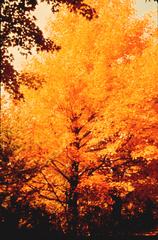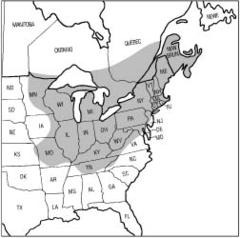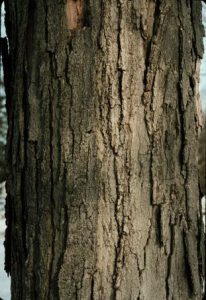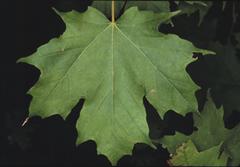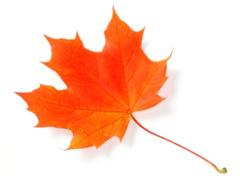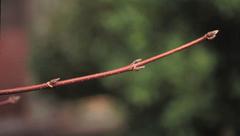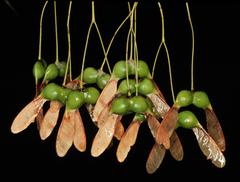Sugar Maple Tree
The high sugar content of the Sugar Maple’s sap makes it ideal for tapping. The presence of the Sugar Maple leaf on the Canadian flag illustrates the importance of this tree in Canada.
Sugar Maples can be identified based on the following characteristics:


